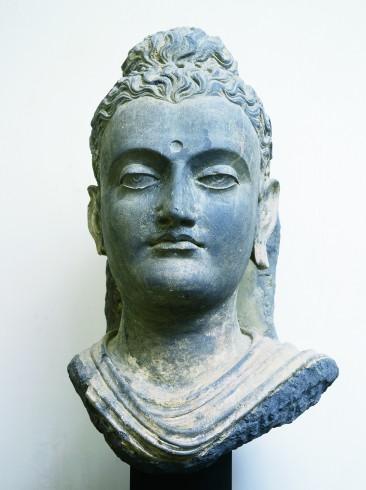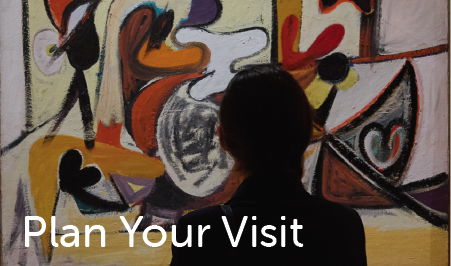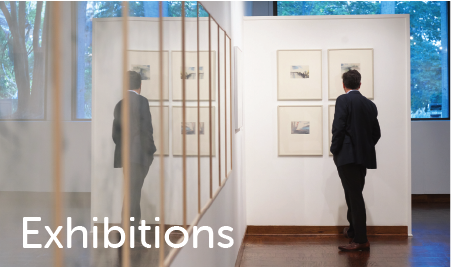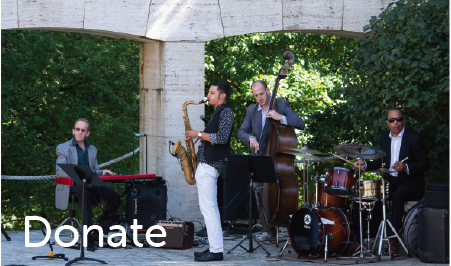Asian Art Collection Head Of Buddha Pakistan ON VIEW This artwork is an example of Buddhist artwork from Gandhara, located primarily west of the Indus River, where present-day northern Pakistan, and Afghanistan converge. The region is historically significant because it marks the furthest eastward conquest of Alexander the Great. This region became a melting pot which united the traditions of the Indian subcontinent with Hellenistic aesthetics and approaches, causing Gandharan works to differ substantially in style from their northern Indian counterparts, but retaining the subcontinent's iconography and visual tropes. This sculpture is a representation of Gautama Buddha, the founder of Buddhism, the discoverer and teacher of the "Middle Way," a path of moderation away from the extremes of self-indulgence and self-mortification. One can identify the work as Buddha because of: the urna, or circle between and above the eyes, the ushnisha, or bun or bump referring to his status as a prince and associatively symbolic of the wisdom of Buddha, his long earlobes which connect him to royalty (as he would have worn massive earrings in his younger life), and the fact that he is unadorned with jewelry — referential to the belief that any attachment to the physical world is the cause of suffering. Text by Robert DeCaroli, Director of the MA Program in Art History and Professor at George Mason University. |








